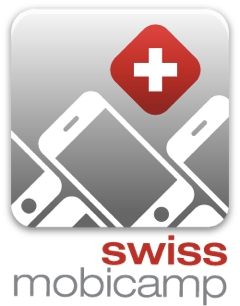
Mobile industry veterans and experts shared their knowledge with the audience at the 3rd edition of Swiss Mobicamp. Participants were able to take away valuable start-up insights.
The speakers at Mobicamp delivered a lot of background information about the trends, strategies und development in the mobile economy. In our report we focus on valuable insights and tips for start-ups. The presentations of the speakers will be uploaded to the website of Mobicamp. We will inform you when the presentation are being published.
Revenue is generated with contract work and not in the App Stores
The event started with a talk by Andreas Constantinou, who has grown VisionMobile into the leading, most respected research firm on telco economics and developer economics. He presented the company's latest findings from the largest ever mobile developer survey of 6,000+ developers. One of the results is that developers are using 2.9 different platforms on average. 1/3 is using Android as the main platform and 1/3 iOS. All other platforms are marginalised. The most important source of revenue is work for customers. Developers generate 50% of their revenue with contract work. Revenue generated in the App Stores is less important. In the following talk Ed Brill of IBM talked about promising mobile strategies for corporates. He delivered important input for all start-ups working for such big companies. Detailed information about this topic can be found in an IBM study.
New, successful business models
In his workshop in the afternoon Andreas Constantinou explained three successful new business models that had become possible by the internet and mobile revolution and that are also interesting for start-ups.
- Business models that disintermediate the value chain and connect producers and users directly, for example musicians and fans.
- Asymetric business models: Companies delivering a free service in one market and generating revenue in another, for example offering a free app and generating revenue with market research. Start-ups should be aware of such business models – one the hand it’s clear that it is not possible to charge a fee when other players in the market offer the same service for free; on the other hand is an asymmetric business model an advantage for a start-up when it competes with established companies.
- Environmental business models: companies building up a platform where several actors (developers, users, service companies etc.) work together. Once established such a platform is hard to attack for competitors. That is why the first mover has a real advantage. Examples Constantinou mentioned were young taxi companies such as Uber or Hailo trying to be the first in every important city around the globe.
Crazy Ideas needed
The first panel discussion focussed on the question which new kind of mobile devices and which new business models will be successful in the future. The speakers mentioned some promising trends such as e-health, the “quantified self” or augmented reality and they agreed that there are a lot of untapped opportunities. However which products will be successful is not clear yet. Juha Christensen, another speaker with many years of experience in the mobile industry, stressed that new devices must allow the creation of new services to be successful and at the moment he doesn’t know of such devices. He said “we need new, crazy ideas.”
Improving execution skills
Juha Christensen, active as serial entrepreneur and investor, spoke in an afternoon session also about his view regarding success factors of start-ups. He is convinced that good execution is much more important than a good idea. He gave two concrete tips for start-ups that want to improve their execution skills. The first tip is to hire people with good executions skills and these people might not be found at events that start-up founders usually attend, for example big industry events. They can be found much better with the help of experienced business people or in local business networks.
The second tip was to develop a roadmap for the start-up. Christensen takes the founders of the companies he invests in to a place where they can work without interruption. In a first step the founders have to say where they see the company in five years and what they personally will do in five years. In two or three days the team then develops a roadmap showing quarter by quarter the way to achieve these goals.
How to stand out in the App Stores
20.000 apps are published every month in the big App Stores. The second panel discussed the topic how to stand out there. The speakers agreed that app developers usually underestimate the time, money and effort necessary to get a relevant number of downloads. One panellist said that as a rule of thumb the marketing budget should be as high as the development budget. Several other panellists gave concrete tips on how to get attention. One panellist recommended traditional media such TV, radio and newspapers. Another speaker added that “marketing” should begin during the development phase of an app and said that it’s necessary to build a product that really engages the users.
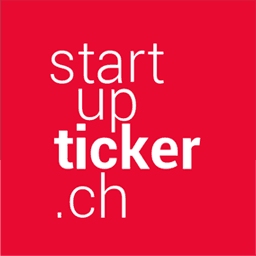

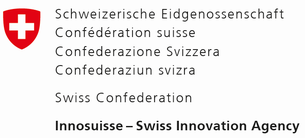
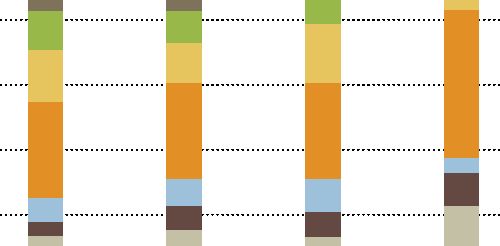




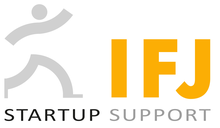




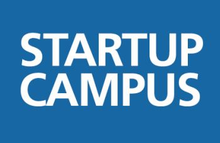
























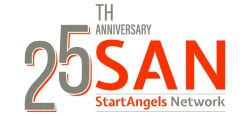

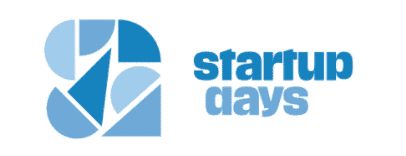








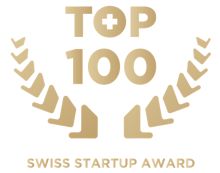





Please login or sign up to comment.
Commenting guidelines